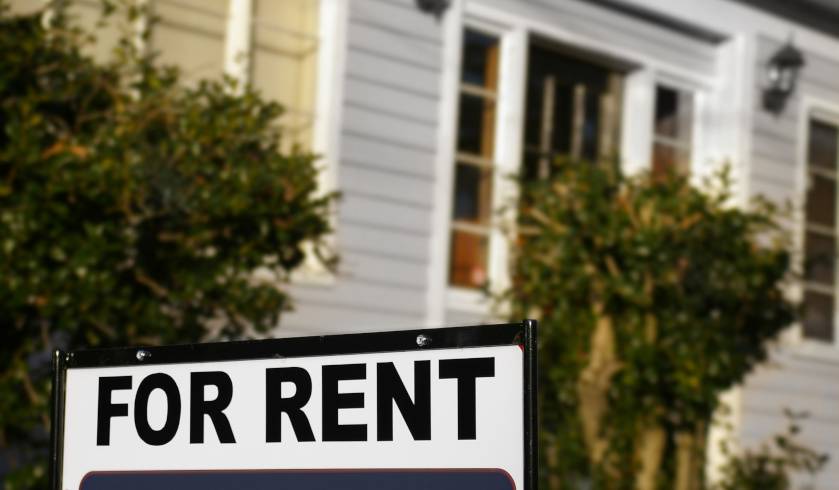5 tricks to increase your rental yield
Increasing rental yield is an integral part of wealth creation. Every action from tenant selection to inspections, property maintenance and rent reviews all underpin an increase in rental yield when done correctly, so here’s how you can do it right and see the benefits.

What is yield?
Rental yield is a measure of how much income your property produces each year as a percentage of that property’s value. Gross yield is before you add holding expenses like bills, property management expenses and mortgage interest. Net yield is the number after you add holding costs.
What is a good yield?
We advise our clients that 5 per cent or above is a good yield. This number will fluctuate with the market. While yield is a good indicator for cash flow, don’t forget to balance this out with capital growth.
Tips to increase your yield
A good property manager should be your trusted advisor, consistently looking for ways to increase yield. Here are some ideas:
1. Mini renovations
Do not over capitalise on a mini renovation; check with your property manager for reliable tradespeople who have done this type of work before. The aim here is to improve the aesthetics in order to increase the rent.
Simple cost effective ideas are:
- Respraying bathroom tiles
- Changing the bathroom vanity and mirror
- Changing the kitchen cupboard doors and handles
- Laying floorboard instead of a tired carpet
- Fixing up the garden with low maintenance plants
2. Regular inspections
When we take on a new property, we do a full condition report and make suggestions on any repairs or improvements. This is essential in maintaining the integrity of the property.
We then inspect at three months, then every six months after that. The purpose of these inspections is to ensure that the tenants are taking care of the property but also to catch any potential issues early.
This could include a small crack in the ceiling, a drip underneath the sink or a small damp area on a wall. These issues caught quickly can stop little issues becoming large expensive ones. The more money you spend, the lower your net yield for that year.
3. Regular rental increases
Every year and every property change over there should be a rent review. This will be determined, based on comparable data to your investment property. Rates, water, strata levies go up each year. If your rent does not go up in line with these increases your yield will decline.
4. Keeping great tenants
To reduce property vacancy and ensure your property is well-maintained, the right tenants are essential. Your property manager should have a proven methodology around finding the best tenants. It goes beyond reference checks and tenant databases. This fact finding is looking to establish three things:
1. Are these tenants going to look after the property?
2. Will they pay their rent on time?
3. Will they be easy to deal with?
Getting this right gives you the best chance of minimal vacancy and, hopefully, a long-term tenant which helps maintain your yield.
5. Regular reporting
Like any investment you need to be kept informed on the performance of your investment property. The advancement of software and access to data means regular yield updates can be automatically sent to you or uploaded to your investor portal.

